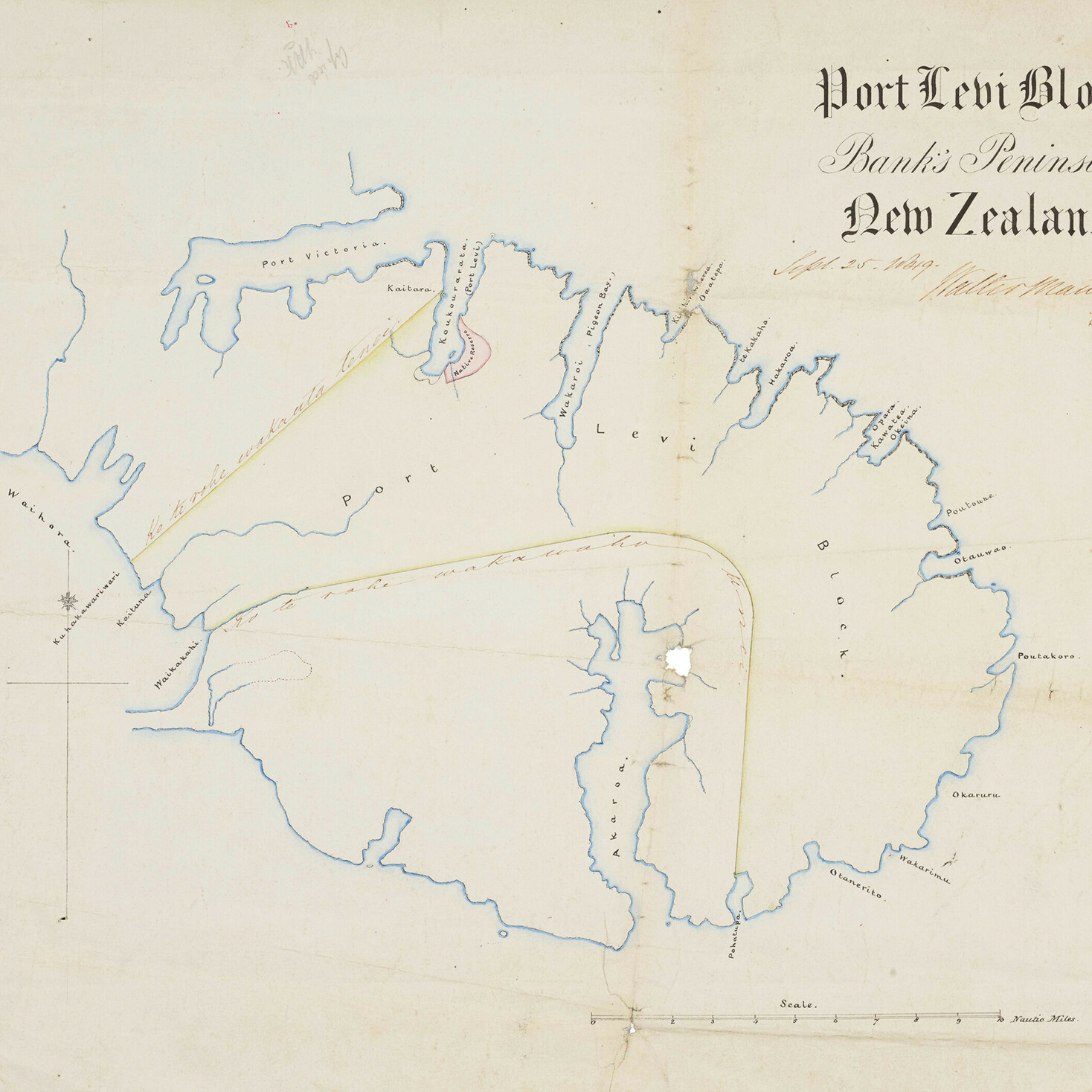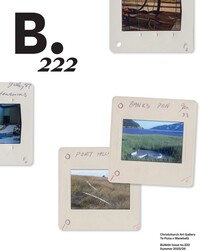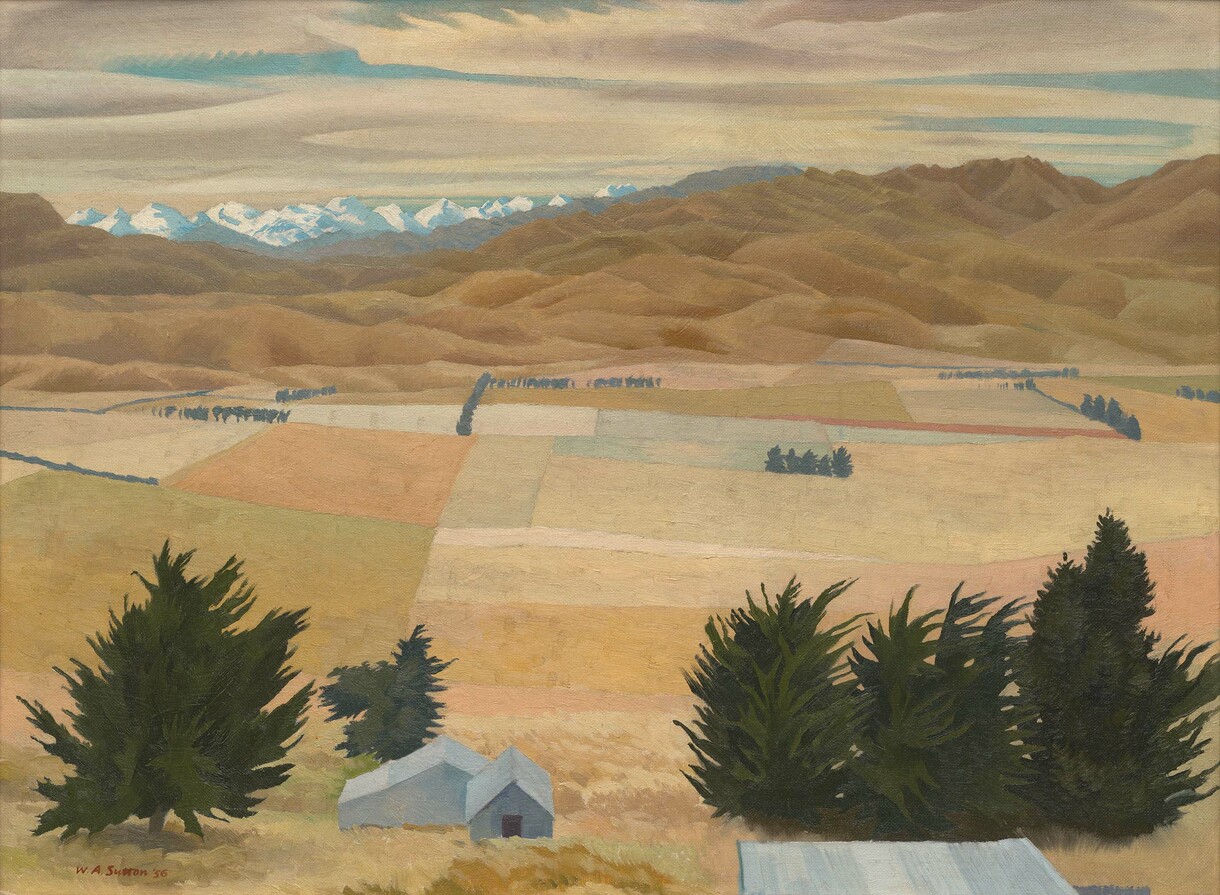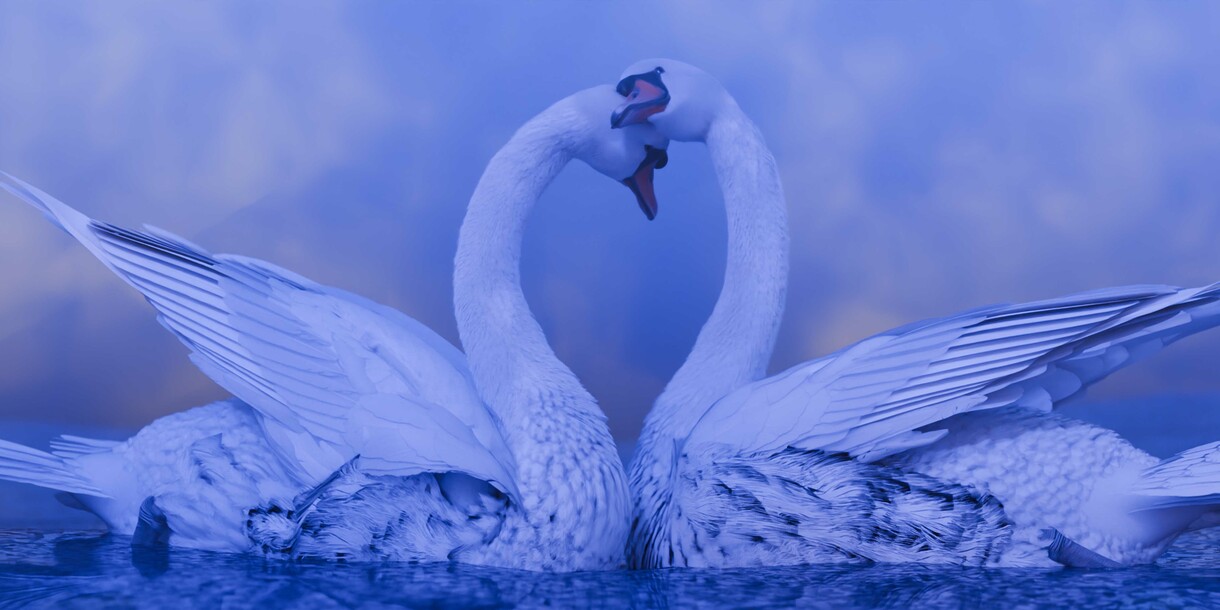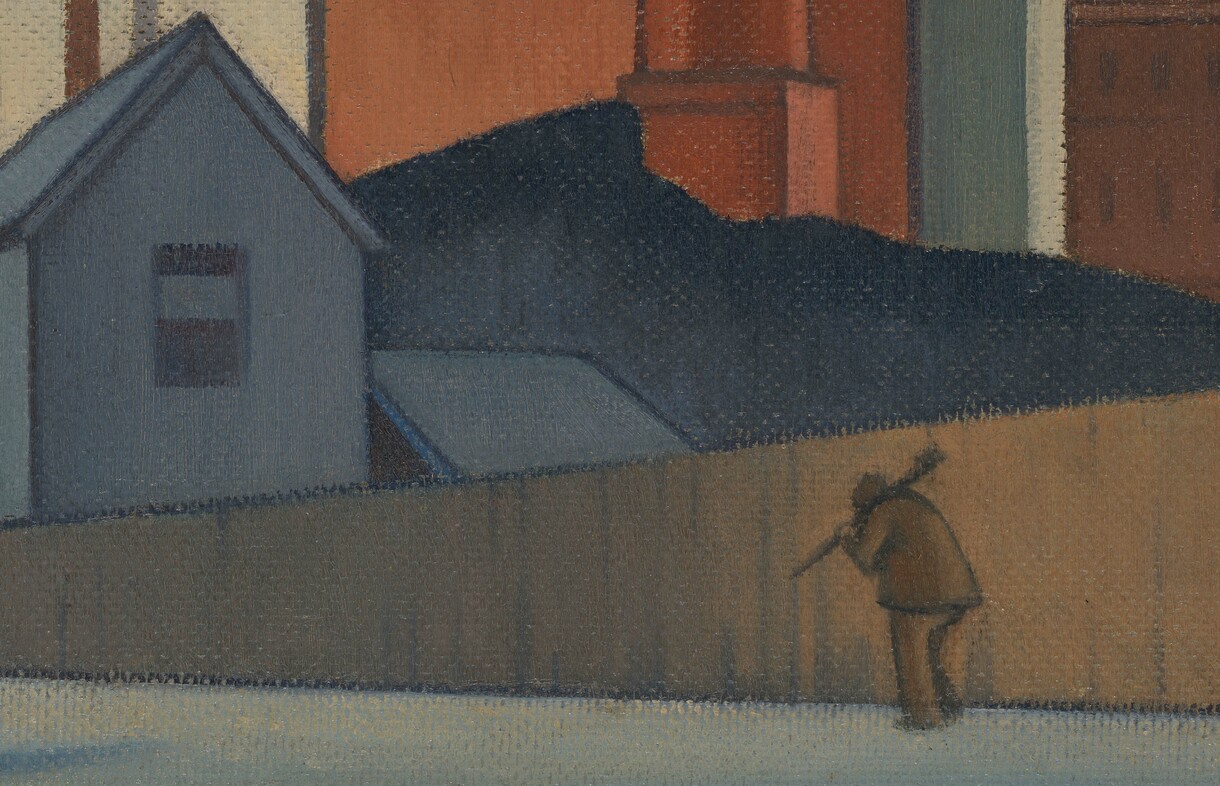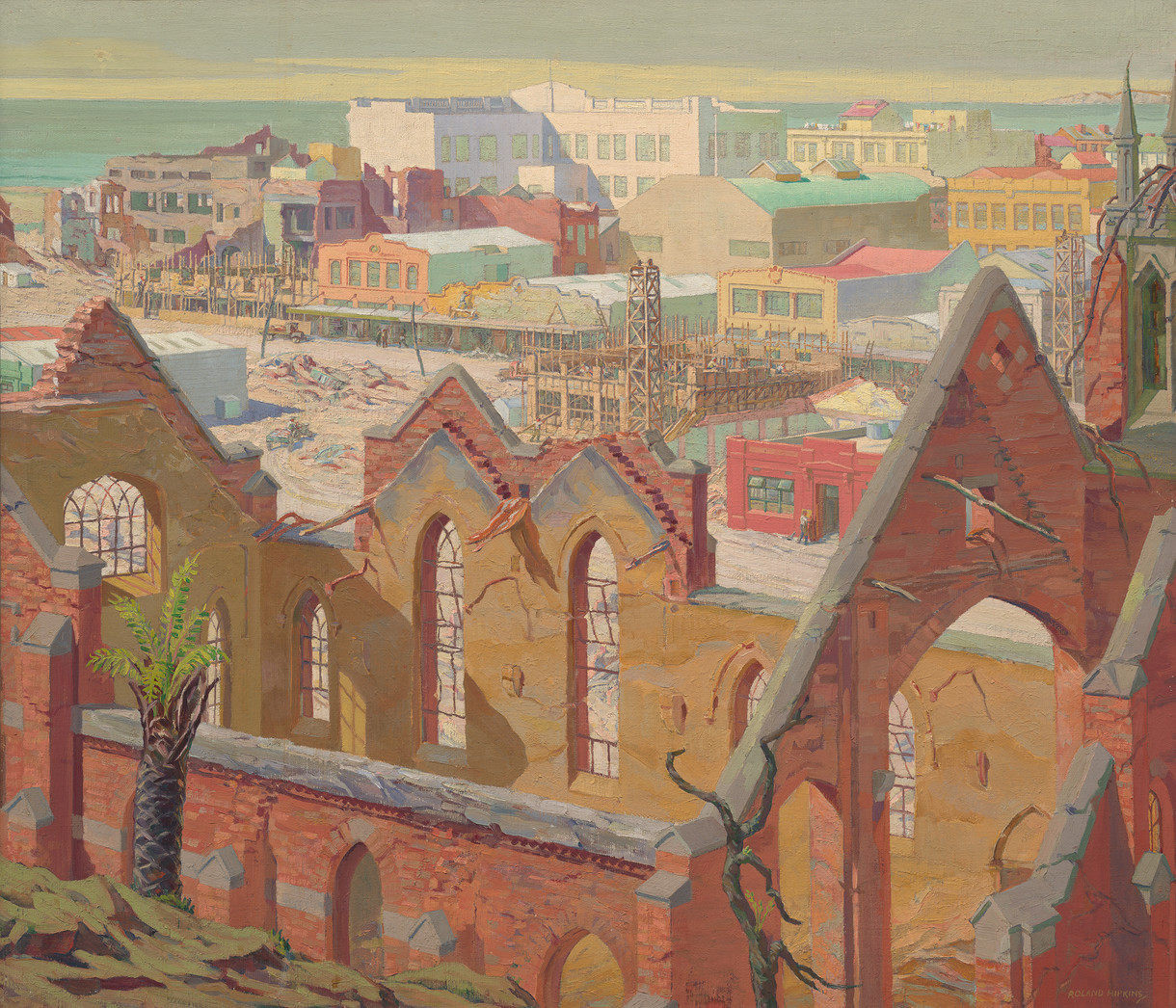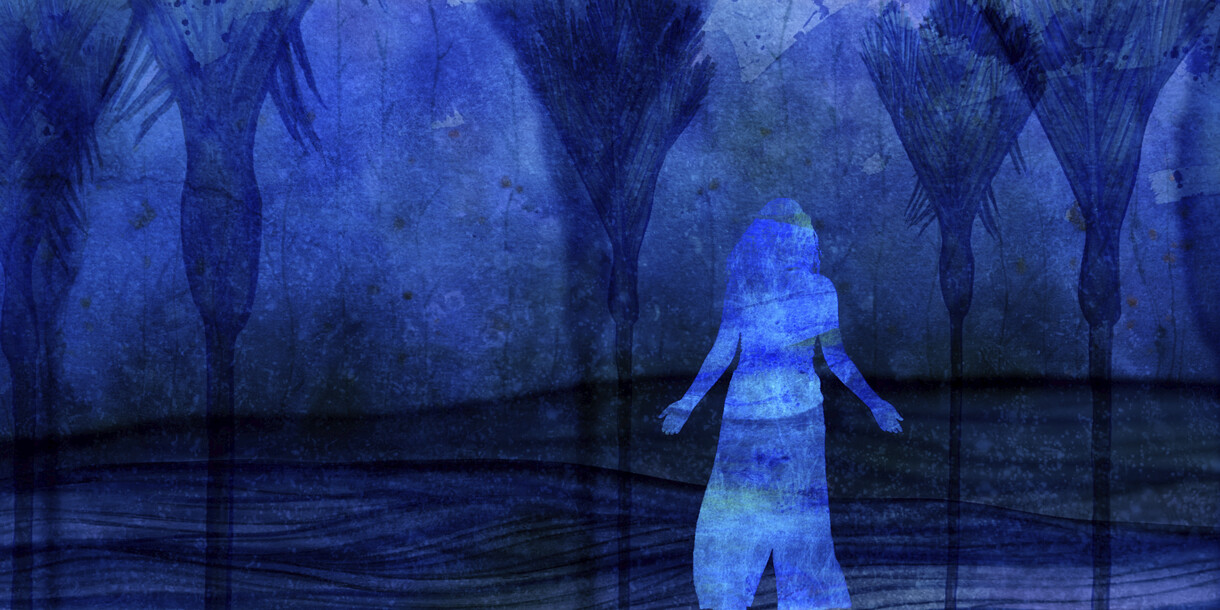Kā Kaupapa o te Wā
What’s On

Raymond McIntyre: A Modernist View
New exhibition now open.

Living Archives
Archives that tell stories about artists and history in Aotearoa
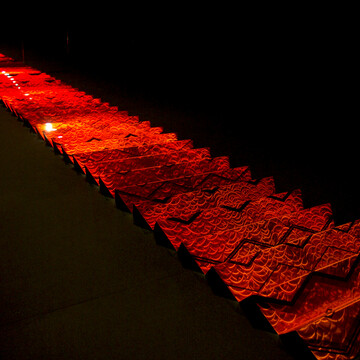
Whāia te Taniwha
Māori artists consider the enduring relevance of taniwha in Aotearoa.
E tuwhera ana te wharetoi i kā rā e 7 o te wiki, 10am - 5pm
Ka tuwhera ki te 9pm i kā pō Wenerei
Open 7 days, 10am - 5pm
Late night Wednesday until 9pm
Uruka utukore, ahokore utukore
Free entry, free wifi
